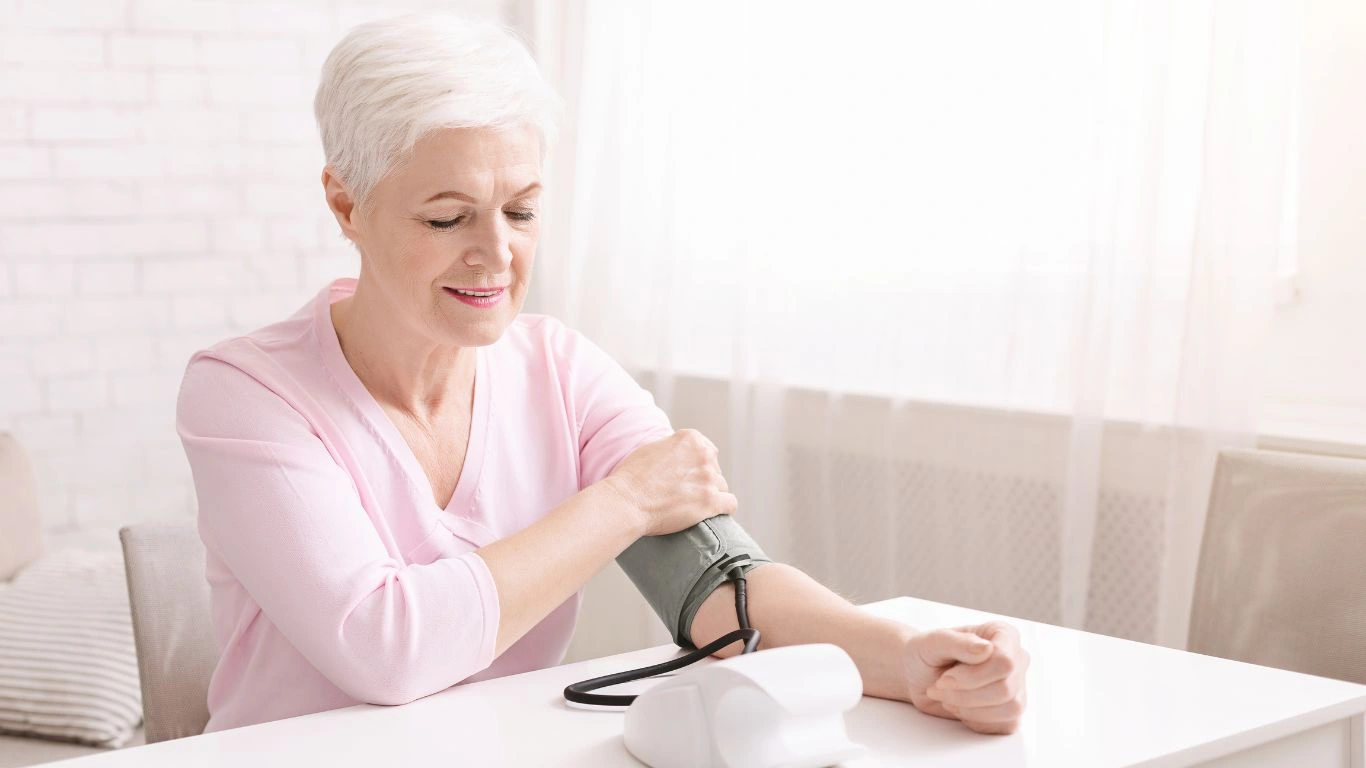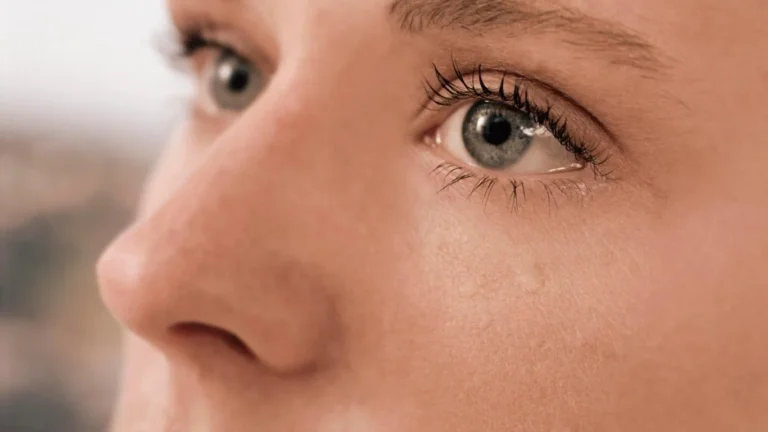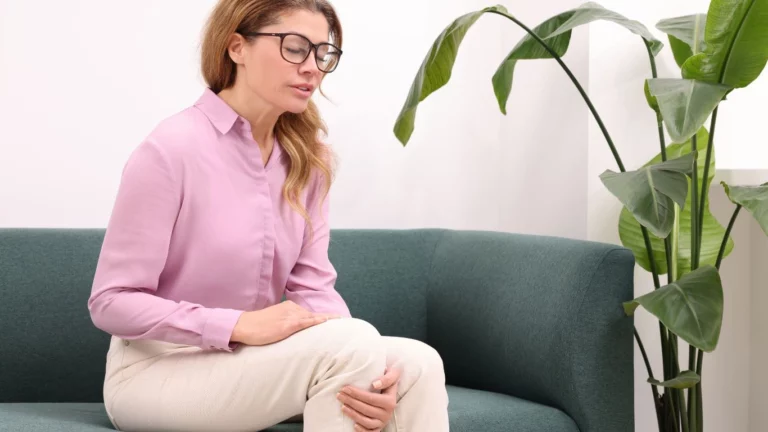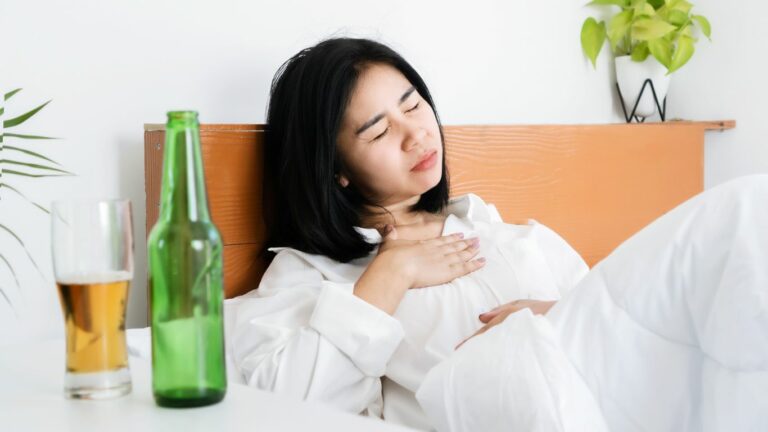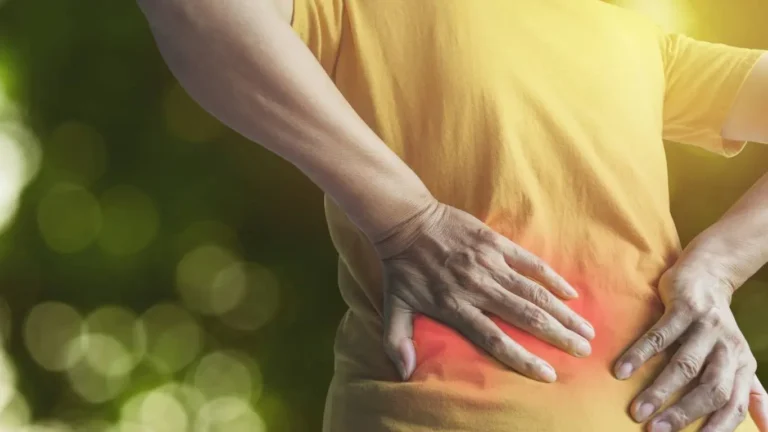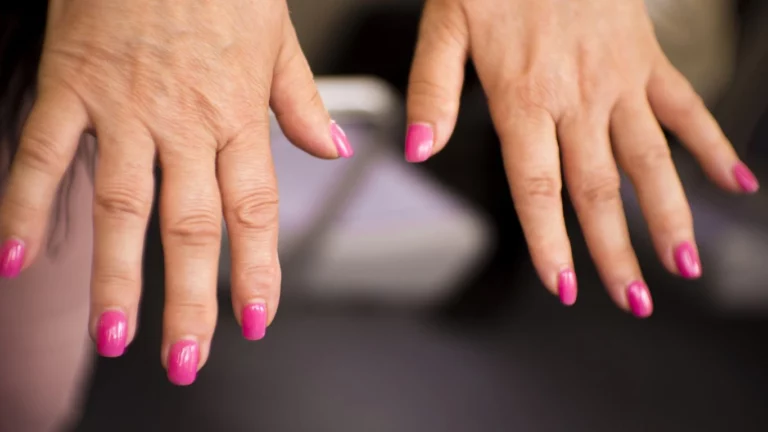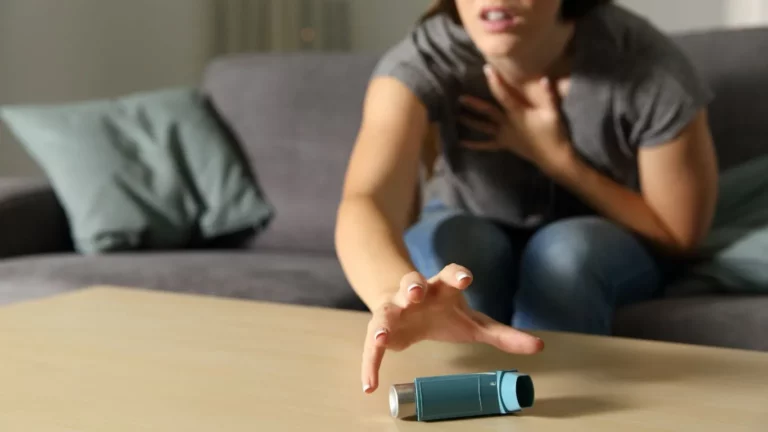The Surprising Effects of Blue Light on Blood Pressure and Health
As an Internal Medicine Physician specializing in hypertension management, I’ve seen a lot of interesting trends over the years when it comes to the factors influencing blood pressure. One that caught my attention recently is the growing concern around blue light and its effects on our overall health—specifically on blood pressure. Now, we all know that blue light is a part of our daily lives, thanks to the surge in technology use. Whether it’s our phones, computers, or even the lighting in our homes, we’re constantly exposed to it. But did you know that this exposure might be affecting your blood pressure? Let’s dive into what the science says and why you should care.
The Science Behind Blue Light Exposure
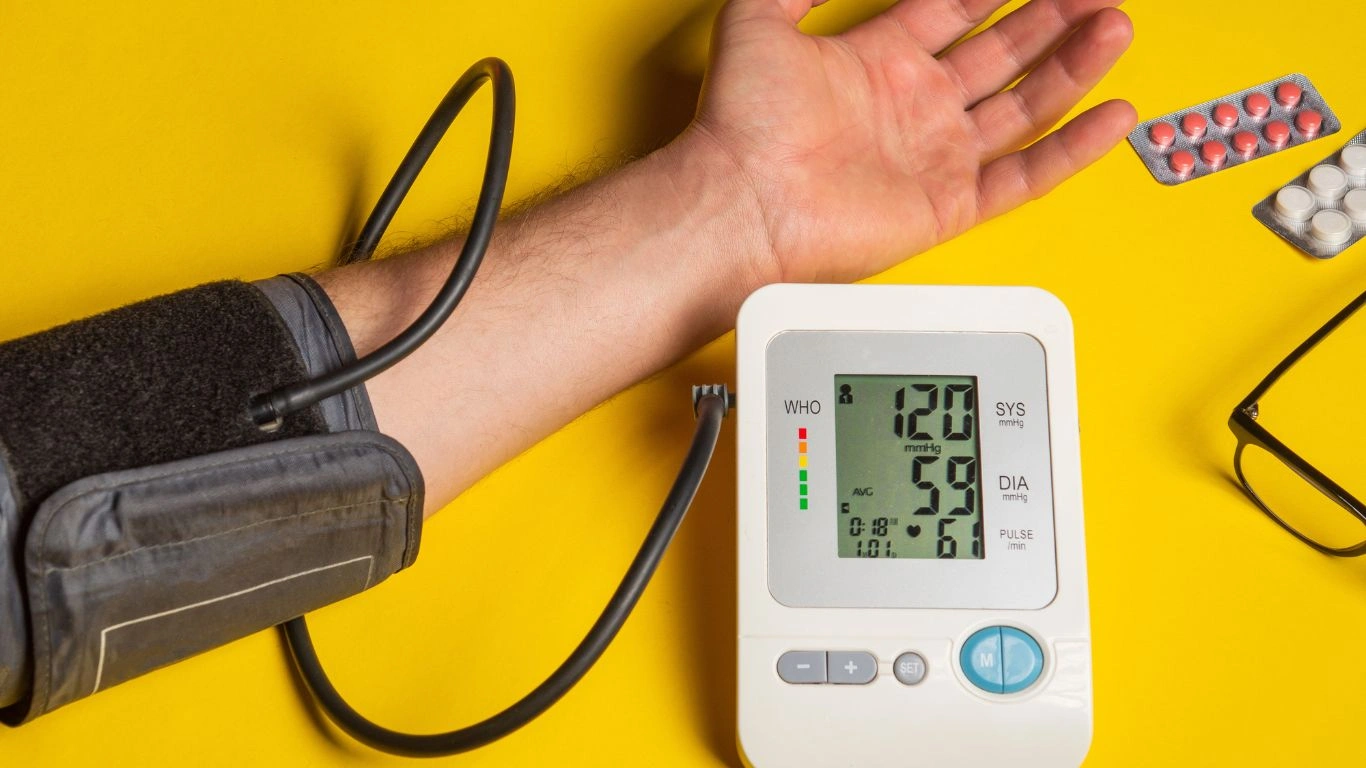
Blue light is a type of high-energy visible (HEV) light that has a shorter wavelength compared to other types of light, making it more intense. It’s naturally found in sunlight, but with the rise of digital screens—phones, computers, tablets—we’ve been exposed to artificial blue light in larger doses than ever before. Blue light is often associated with sleep disturbances because it interferes with the production of melatonin, the hormone responsible for regulating sleep. But what many don’t realize is that it might also be affecting other aspects of our health, including blood pressure.
How Blue Light Affects Your Blood Pressure
Now, you might be wondering, how exactly can something like light affect your blood pressure? To answer that, let’s first consider how blue light interacts with our body. When you’re exposed to blue light—especially in the evening—the body thinks it’s still daytime and becomes more alert. This disruption in your natural circadian rhythm can trigger a stress response in the body, which, in turn, can elevate your blood pressure.
Studies have shown that prolonged exposure to blue light can cause an increase in heart rate and, ultimately, a rise in blood pressure. It’s like your body is in a constant state of “fight or flight,” even if you’re just casually scrolling through Instagram before bed. This is particularly concerning for those of us with preexisting hypertension or anyone at risk for it. What’s more, the effects of blue light aren’t always immediately noticeable, which means many people might not even realize it’s impacting their health until things start to get out of hand.
What Does Research Say?
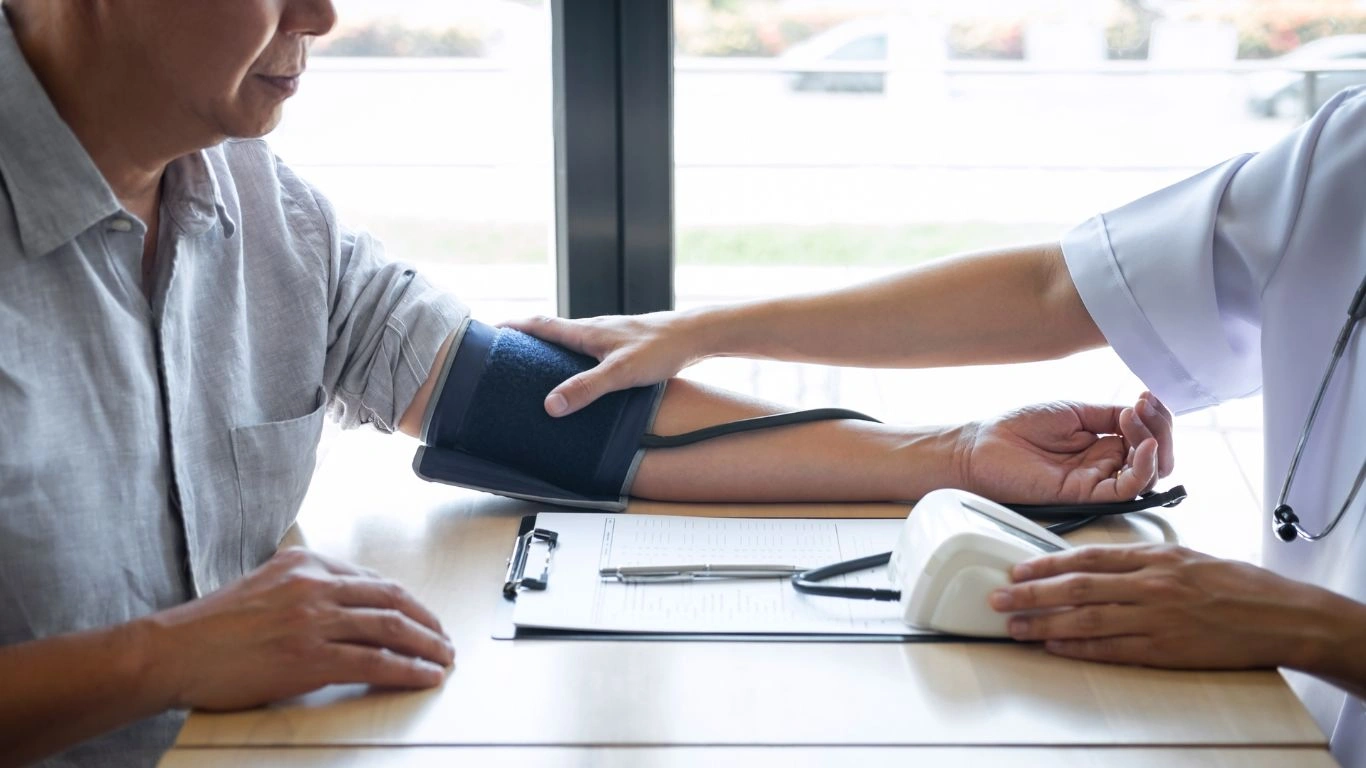
Research into the effects of blue light on blood pressure is still relatively new, but there’s been some compelling evidence emerging. In one study published in the *Journal of Hypertension*, researchers found that subjects exposed to artificial blue light in the evening experienced higher blood pressure readings compared to those who were not exposed to the same light. The study concluded that the impact of blue light exposure on blood pressure could be linked to the activation of the sympathetic nervous system, which is responsible for the body’s “fight or flight” response.
Another study in *The American Journal of Physiology* found that just one night of exposure to blue light at night was enough to increase systolic blood pressure in participants. The effect was more pronounced in individuals who had higher baseline blood pressure levels. This highlights an important point: If you already have hypertension, you may be more vulnerable to the effects of blue light. It’s like a double whammy—you’re dealing with the direct impact of high blood pressure, plus the added stress from blue light exposure.
Who Is Most Affected by Blue Light Exposure?
While anyone can be impacted by excessive blue light exposure, certain groups of people are at higher risk of experiencing negative health effects. Let’s break it down:
- People with hypertension: If you’re already managing high blood pressure, the stress response triggered by blue light could make things worse. In fact, if you’re not taking steps to manage blue light exposure, it could even undo some of the progress you’ve made in controlling your blood pressure.
- Those with poor sleep hygiene: We know that blue light affects sleep, but if you’re not getting enough quality sleep, this could exacerbate the effects on your blood pressure. Lack of sleep has been directly linked to higher blood pressure, so the combination of the two could spell trouble.
- People who work late or use screens before bed: If you’re someone who works late or is glued to your phone late into the night, you’re likely getting a heavy dose of blue light right when your body should be winding down. This could lead to increased stress, elevated heart rate, and ultimately, an increase in blood pressure.
Practical Tips for Reducing Blue Light Exposure
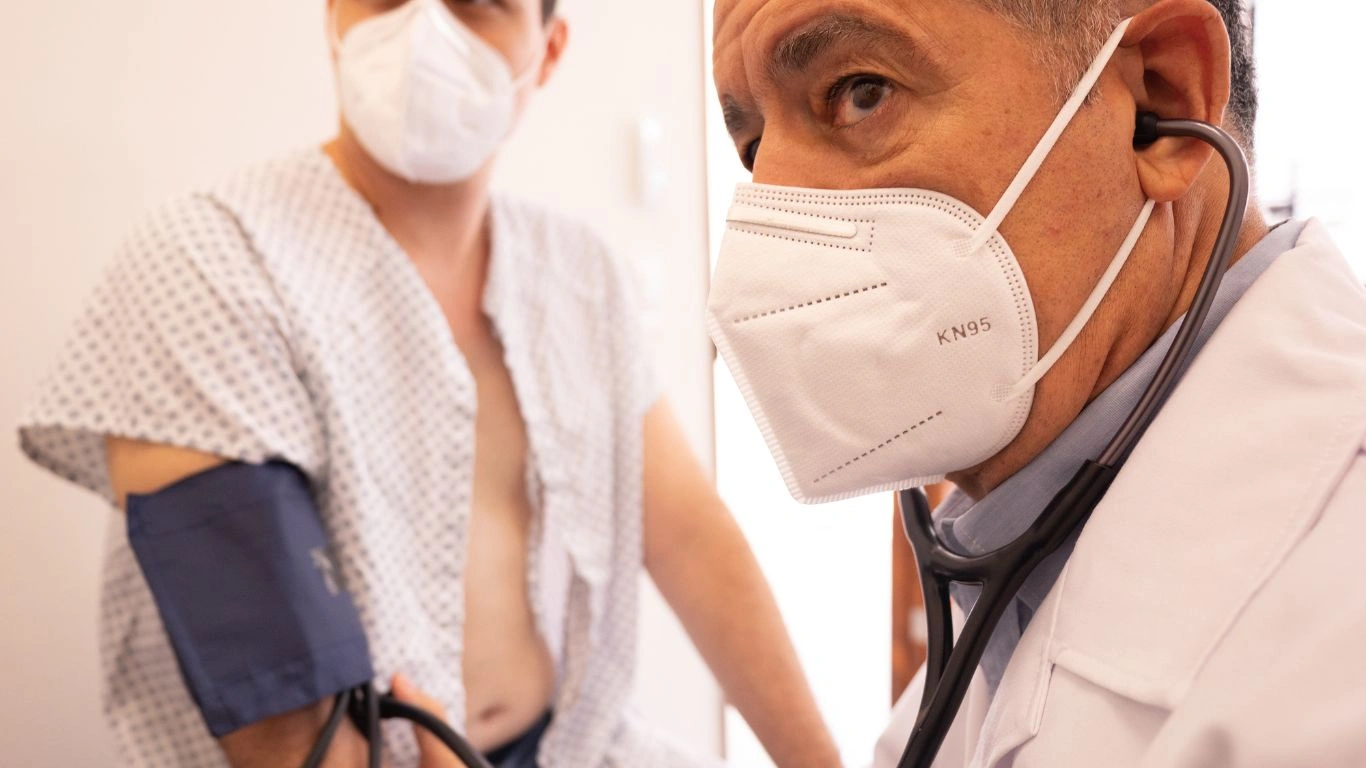
So, what can you do about it? The good news is there are plenty of ways to reduce blue light exposure without giving up your phone or computer entirely. Here are some tips to help protect your blood pressure and overall health:
- Use blue light filters: Many phones and computers come with built-in blue light filtering settings. You can activate “Night Shift” on your iPhone or “Night Light” on your Windows computer to reduce blue light emission in the evening.
- Wear blue light blocking glasses: If you’re someone who spends a lot of time in front of a screen, these glasses can be a game-changer. They filter out the harmful blue light and may help reduce eye strain and improve sleep quality.
- Take breaks from screens: The 20-20-20 rule is simple but effective. Every 20 minutes, take a 20-second break and focus on something 20 feet away. This not only helps with eye strain but also gives your brain a break from constant stimulation.
- Dim your screen at night: If you must use your phone or computer before bed, try lowering the brightness. This reduces the intensity of blue light and can help your body start to wind down for a restful night.
- Get more natural light during the day: Natural light helps to regulate your circadian rhythm, which can mitigate some of the adverse effects of artificial blue light exposure in the evening. So, get outside during the day!
Can Blue Light Exposure Be Beneficial in Any Way?

Now, before you go throwing your phone out the window or installing blackout curtains, let’s talk about something that often gets overlooked: can blue light exposure have any benefits? Sure, we’ve mostly focused on the risks, especially when it comes to sleep and blood pressure, but there’s another side to the story.
Interestingly, blue light isn’t inherently bad for you—it’s actually a crucial part of our natural environment. Exposure to natural blue light during the day can boost alertness, improve mood, and even enhance cognitive performance. It’s part of why we feel so much more awake and alert during daylight hours. In fact, blue light therapy is sometimes used to treat conditions like seasonal affective disorder (SAD), a type of depression that typically occurs in the winter when daylight hours are shorter.
However, the key here is timing and moderation. Natural blue light exposure during the day can be beneficial for your circadian rhythm, helping you stay energized and focused. But when we start overdoing it at night—especially right before bed—that’s when the problems begin. The trick is to balance out the benefits of blue light exposure during the day with mindful reduction in the evening. It’s all about creating harmony between light exposure and your body’s natural rhythms.
What About Artificial Lighting and Blue Light in the Home?

Let’s face it: most of us are living in spaces with artificial lighting, from the LED bulbs in the ceiling to the constant screen glare from our devices. It’s nearly impossible to avoid exposure to blue light entirely, especially if you work long hours or use multiple devices throughout the day. But have you ever thought about how your home lighting could be influencing your health?
When you’re choosing light bulbs for your home, you might want to think twice about the type of bulbs you’re buying. Many modern LED bulbs emit a significant amount of blue light, which is great for brightening up a space, but not so great when it comes to your blood pressure. Research suggests that certain types of artificial light—particularly cool white and daylight bulbs—can increase the risk of sleep disruption and stress, which ultimately contributes to higher blood pressure.
What can you do about it? Try switching to warmer light bulbs, which produce less blue light and create a more calming atmosphere in your home. A soft, warm glow is less likely to disrupt your circadian rhythm or trigger the stress response that could cause a spike in blood pressure. You might even consider using dimmer switches to control the intensity of light throughout the evening. By reducing the amount of blue light in your environment, you’ll be setting the stage for better sleep and more relaxed evenings.
How Can Blue Light Affect Your Sleep Quality?
If you’ve ever had a rough night’s sleep, you probably already know that it’s hard to shake off that groggy feeling the next day. Poor sleep doesn’t just make you tired—it can also have a significant impact on your blood pressure. Here’s the kicker: blue light is one of the biggest culprits behind disrupted sleep, and when you don’t sleep well, your blood pressure suffers.
So, how does blue light interfere with sleep? It all comes down to melatonin, the hormone responsible for helping you wind down and fall asleep. Blue light exposure, especially in the evening, inhibits the production of melatonin, making it harder for you to fall asleep. This doesn’t just mess with your sleep cycle; it also increases your body’s stress levels, which can lead to elevated blood pressure.
In my experience, I’ve seen many patients with high blood pressure who also struggle with sleep issues. They’re often glued to their screens before bed—whether it’s watching TV, browsing social media, or reading emails—and then they wonder why they can’t fall asleep or why they wake up feeling tired. It’s a vicious cycle that can be tough to break, but being mindful of blue light exposure before bed can really make a difference.
Setting a Better Evening Routine
Now that we know how blue light affects both sleep and blood pressure, it’s time to focus on what you can do to set yourself up for success. The key is to create an evening routine that minimizes blue light exposure, helping your body relax and get ready for rest. Here are a few strategies I recommend:
- Turn off screens 1 hour before bed: This is one of the most effective strategies for improving sleep quality. The earlier you stop using your phone, tablet, or computer, the more time your body has to adjust to a calmer, more restful state.
- Embrace relaxing activities: Instead of scrolling through social media or binge-watching shows, try activities like reading a book, doing light stretches, or practicing meditation. These can help reduce stress and prepare your body for a restful night.
- Use a blue light filter: If you absolutely must use your devices at night, make sure to activate any blue light filtering settings. This helps reduce the intensity of the light and minimizes its impact on your sleep and blood pressure.
- Dim the lights: Consider using lamps with dim lighting instead of bright overhead lights. A softer ambiance is not only easier on your eyes but can also trigger your body’s natural wind-down process, helping to lower stress levels before bed.
How Blue Light Affects Different Age Groups
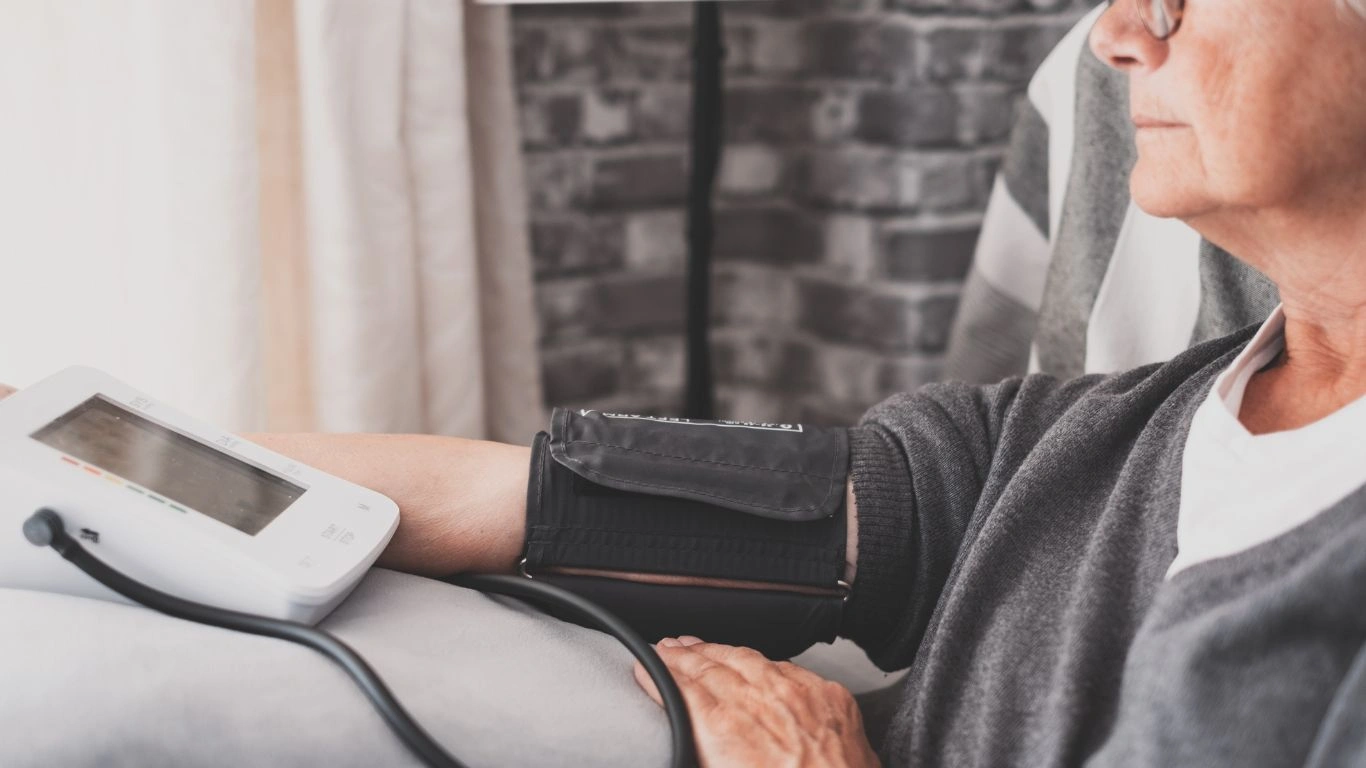
When it comes to blue light exposure, not all age groups are affected equally. Children and teenagers, for example, tend to be more vulnerable to the negative effects of blue light than adults. Their eyes are still developing, and they have less natural protection against the high-energy visible (HEV) light that blue light emits. For kids, excessive screen time can disrupt their sleep cycles, impair cognitive function, and potentially affect their blood pressure as well.
As we age, our eyes naturally lose some of their ability to filter out blue light. That means older adults may be just as susceptible to the harmful effects of blue light exposure, especially if they spend a lot of time using digital devices. The key takeaway here is that blue light can affect anyone, regardless of age, so it’s important for people of all age groups to be mindful of their exposure.
In conclusion, while blue light certainly has its place in the natural world and offers some benefits during the day, it’s clear that excessive exposure—particularly at night—can disrupt our sleep, increase stress, and even raise blood pressure. By being proactive about limiting your blue light exposure, especially in the evening, you’re taking an important step toward protecting your heart and overall health.
Taking Control: How to Make Lifestyle Changes for Better Blood Pressure Management
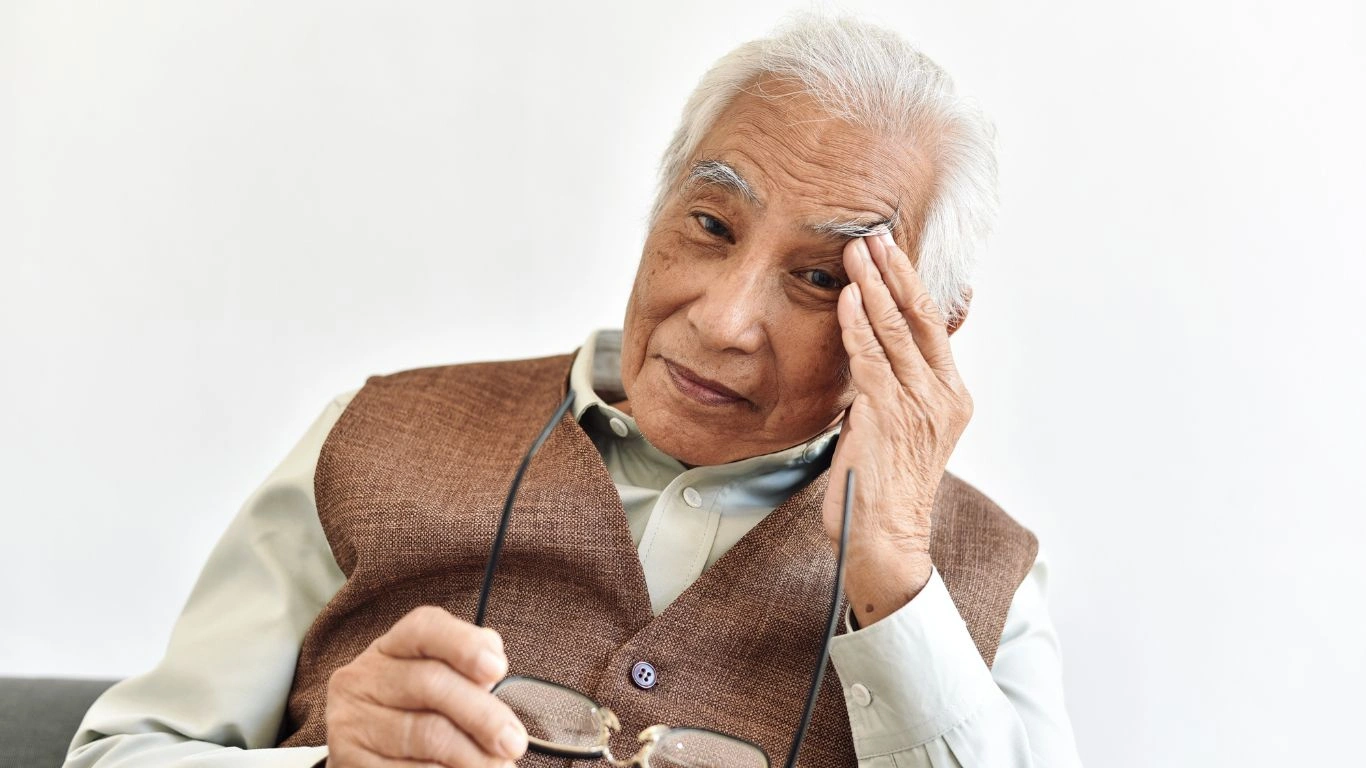
As we’ve discussed, the impact of blue light on blood pressure is real, and it’s something we should all be paying attention to. But, here’s the thing: while blue light exposure is certainly one factor in the equation, managing blood pressure is a holistic endeavor. In my practice, I’ve seen firsthand that blood pressure management requires a combination of lifestyle adjustments, medication (when necessary), and awareness of environmental factors like blue light. The good news is, you have more control over your blood pressure than you might think!
So, let’s explore how making a few thoughtful lifestyle changes can go a long way in managing your blood pressure—especially when you consider blue light exposure as a key player in your overall health strategy.
1. Nutrition: Eat Your Way to Better Blood Pressure
We’ve all heard the saying “you are what you eat,” and when it comes to managing hypertension, this could not be more true. Certain foods can help lower blood pressure, while others can contribute to it. In my experience, many of my patients find that adopting a more heart-healthy diet is one of the most impactful changes they can make.
The DASH (Dietary Approaches to Stop Hypertension) diet is often recommended for those with high blood pressure. It emphasizes foods that are high in potassium, calcium, and magnesium, and low in sodium and saturated fats. Fruits, vegetables, whole grains, lean protein, and low-fat dairy are staples of the DASH diet. By incorporating more of these foods into your meals, you can help combat the negative effects of high blood pressure.
Some of my patients have even reported feeling more energized and less stressed simply by adjusting their diet. Not only does this contribute to lowering blood pressure, but it can also help mitigate the adverse effects of blue light exposure by stabilizing your mood and improving sleep quality.
2. Exercise: Get Moving to Keep Your Blood Pressure in Check
If you’ve been putting off exercise because you think it’s too much work or don’t have the time, now’s the time to reconsider. Regular physical activity is one of the most effective ways to manage hypertension. It helps improve heart health, lower stress levels, and promote better sleep—all of which can mitigate the impact of blue light on your blood pressure.
You don’t have to become a gym rat overnight, either. Something as simple as walking for 30 minutes a day can have a profound effect on your blood pressure. In fact, studies show that moderate aerobic exercise—like brisk walking, swimming, or cycling—can lower both systolic and diastolic blood pressure by as much as 5-8 mmHg.
Personally, I’ve found that incorporating exercise into my daily routine has made a huge difference in my own energy levels and overall health. Plus, it’s a great way to balance out the negative effects of sitting in front of screens all day! If you’re unsure where to start, consider a combination of activities that you enjoy, and slowly build up your stamina. Your heart—and your blood pressure—will thank you.
3. Stress Management: Lowering Stress to Protect Your Heart
If there’s one thing I’ve learned over the years, it’s that stress is a silent killer. Whether it’s from work, family obligations, or the constant barrage of information we’re exposed to through screens, chronic stress can wreak havoc on your blood pressure. The problem with stress is that it triggers the “fight or flight” response in the body, leading to an increase in heart rate and blood pressure.
Here’s where blue light can play a role. The more blue light you’re exposed to, especially in the evening, the more likely you are to experience heightened stress levels and disrupted sleep. Over time, this creates a vicious cycle that only exacerbates hypertension. So, what can you do about it?
Incorporating stress reduction techniques into your daily routine is essential. Simple practices like deep breathing exercises, yoga, or even a few minutes of meditation can significantly reduce stress levels. Additionally, journaling or spending time in nature can help clear your mind and promote a sense of calm. The more you practice mindfulness, the easier it will be to manage your blood pressure in the long term.
4. Sleep: Prioritize Rest for Better Health
We’ve touched on this before, but I cannot emphasize enough how crucial sleep is when it comes to blood pressure regulation. Poor sleep—or lack of sleep—can trigger your body’s stress response, making it harder to maintain normal blood pressure levels. Unfortunately, blue light exposure, especially at night, has been shown to significantly interfere with sleep quality, making it harder for you to get the restorative rest your body needs.
In my clinical practice, I’ve seen patients whose blood pressure improves dramatically once they make sleep a priority. Creating a calming pre-sleep routine and minimizing blue light exposure in the evening is key. But there are also other sleep-friendly strategies you can try:
- Stick to a consistent sleep schedule: Try to go to bed and wake up at the same time each day, even on weekends. This helps regulate your internal clock and ensures you get enough restorative sleep.
- Optimize your sleep environment: Keep your bedroom cool, dark, and quiet. You can even consider using a white noise machine if you’re sensitive to outside sounds.
- Limit caffeine and alcohol: Both of these can disrupt your sleep, so try to avoid consuming them in the evening hours.
By focusing on better sleep hygiene, you’re not only helping your blood pressure, but you’re also mitigating the negative effects of blue light exposure. Sleep and blood pressure go hand in hand—getting enough quality sleep will help keep your blood pressure in check.
References and Further Reading
If you want to dive deeper into the science behind blue light and hypertension, here are a few trusted sources:
Disclaimer
While I’ve shared my expertise as a physician specializing in hypertension management, this article is not intended to provide personalized medical advice. If you have concerns about your blood pressure or the effects of blue light on your health, it’s always best to consult with your healthcare provider. They can offer guidance tailored to your specific health needs. Additionally, while lifestyle changes like reducing blue light exposure, improving diet, and managing stress can have a positive impact on blood pressure, some individuals may require medication for optimal hypertension management.

Dr. Gwenna Aazee is a board-certified Internal Medicine Physician with a special focus on hypertension management, chronic disease prevention, and patient education. With years of experience in both clinical practice and medical writing, she’s passionate about turning evidence-based medicine into accessible, actionable advice. Through her work at Healthusias.com, Dr. Aazee empowers readers to take charge of their health with confidence and clarity. Off the clock, she enjoys deep dives into nutrition research, long walks with her rescue pup, and simplifying medical jargon one article at a time.
